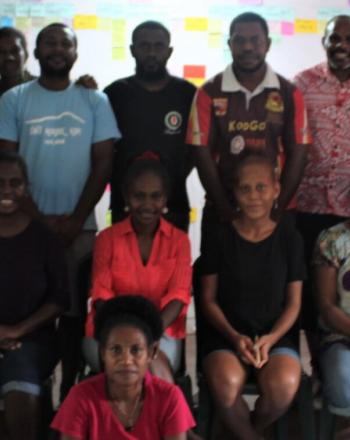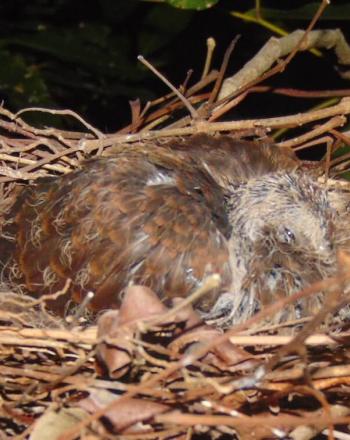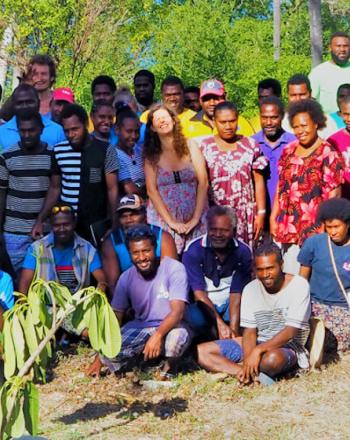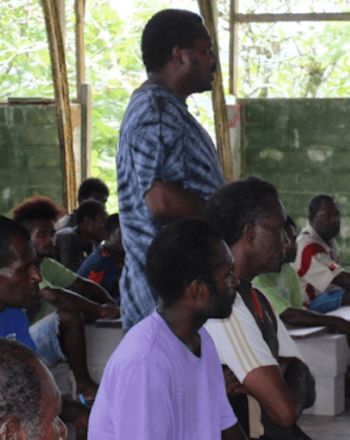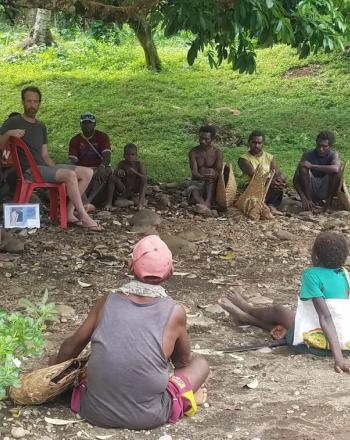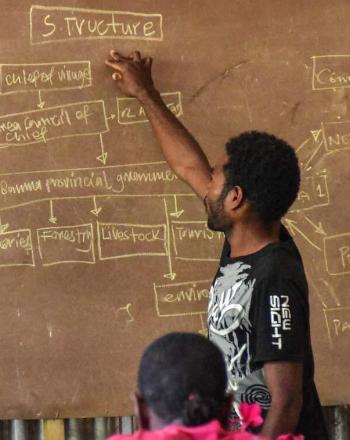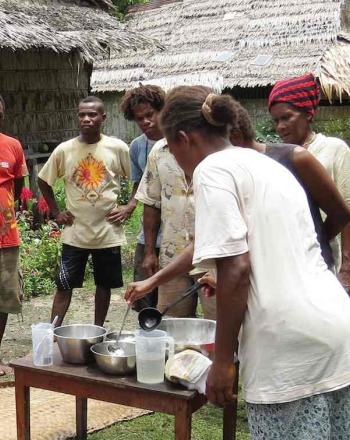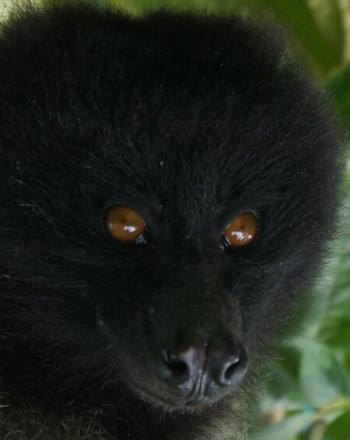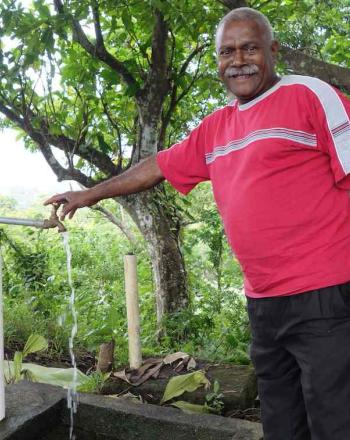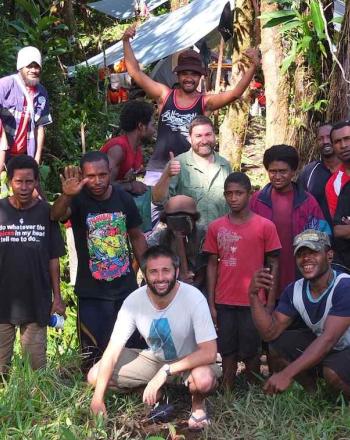Main menu
CEPF is a joint initiative of l’Agence Française de Développement, Conservation International, the European Union, Fondation Hans Wilsdorf, the Global Environment Facility, the Government of Japan and the World Bank.
Visitez le site français コア情報の日本語翻訳を読むOr use Google Translate to translate the English site to your language:
GTranslate
Priority KBA
Priority Corridor
Other KBA
Other Corridor
East Melanesian Islands
Previously Invested
Regional Implementation Team (RIT)
International Union for Conservation of Nature (IUCN)
Helen Pippard, RIT team leader
cepfeastmelanesia@iucn.org
Investment
2013 to 2021
US$9 million
Eligible Countries
Papua New Guinea
Solomon Islands
Vanuatu
Ecosystem Profile
Ecosystem Profile, 2012
Ecosystem Profile Summary Brochure, 2012
Stats
CEPF Strategy Strategy
About this hotspot About
Regional Implementation Team (RIT)
International Union for Conservation of Nature (IUCN)
Helen Pippard, RIT team leader
cepfeastmelanesia@iucn.org
Investment
Dates:
2013 to 2021
Amount:
US$9 million
Eligible Countries
Papua New Guinea
Solomon Islands
Vanuatu
Ecosystem Profile
The CEPF strategy recognizes local communities and their organizations as the ultimate custodians of the biodiversity of the East Melanesian Islands Hotspot, with the support of national and international nonprofit organizations, universities and private companies, and within an enabling regulatory and institutional context established by government.
To respond to threats originating outside of local communities, such as commercial logging and plantations, we support the integration of biodiversity conservation into local land-use and development planning.
CEPF's conservation interventions are being developed gradually, giving sufficient time for trust and understanding to be built among partners, for capacity and knowledge to be transferred, and for long-term funding to be secured. We also focus on building the capacity of local and national civil society in the hotspot through partnerships, networks and mentoring.
To allow sufficient time for the development of effective partnerships, enduring capacity and sustained on-the-ground results, the CEPF investment period for this hotspot is eight years rather than the usual five.
The East Melanesian Islands include the island nations of Vanuatu and the Solomon Islands plus the islands region of Papua New Guinea. The hotspot is one of the most geographically complex areas on Earth, with a diverse range of islands of varying age and development.
Notable endemic species in the hotspot include the majestic Solomon fish-eagle (Haliaeetus sanfordi) and many species of flying fox.
The region is notable not only for its unique flora and fauna, but for its exceptional cultural and linguistic diversity, too. Vanuatu, for example, has 108 living languages: more per unit area than any other country. The Solomon Islands, with 74 languages, are only slightly less diverse. Because many languages are spoken by only a few hundred people, they are disappearing, leading to a rapid erosion of traditional knowledge and practice. This is highly significant in a region where most land and resources are under customary ownership and local people are true stewards of biodiversity.





